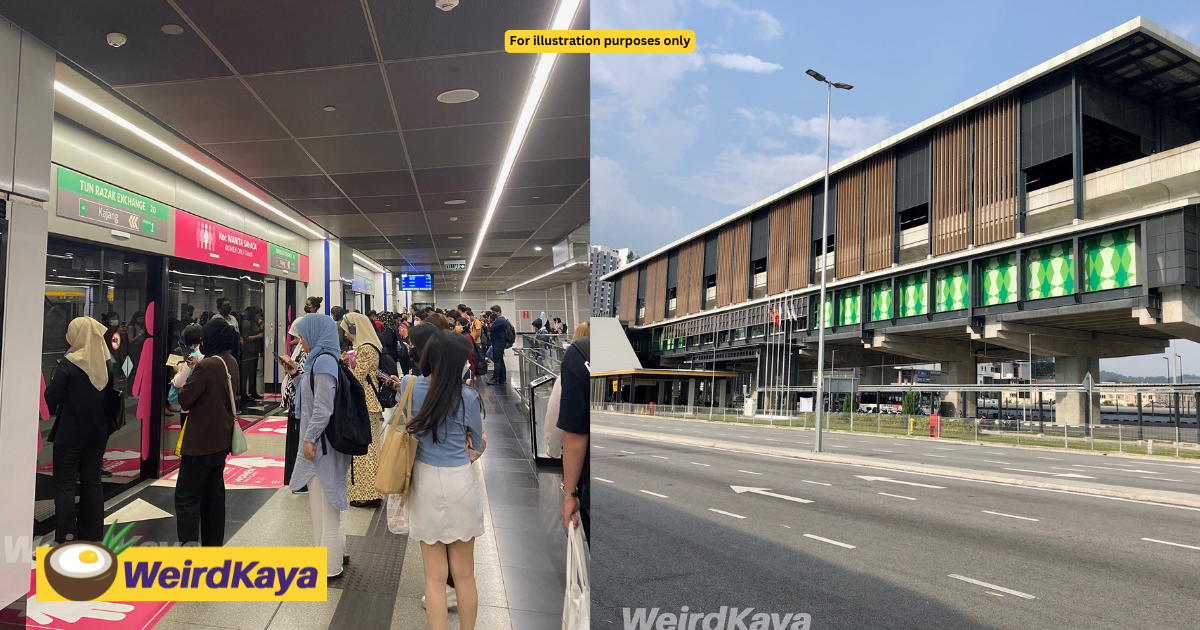A Malaysian recently took to social media to share their frustration over the skyrocketing rental prices of homes located near MRT stations and questioned whether public transport was really designed with the average commuter in mind.
All the housing near MRT in KL is priced at RM4k to RM12k. You think rich people use MRT to go to work or buy groceries?”
According to the user, most of their wealthy neighbours don’t even use public transport, some even have private drivers. Yet, these same prime areas are the ones with the easiest access to the MRT.

“Why are rich neighbourhoods walkable to MRT (stations) but not areas for mid-income people?” the OP ranted.
This comes after the OP took the MRT and browsed through property listings, only to realise just how expensive things had gotten, where they commented: “I kept thinking how unfair it is for working-class people to have to travel so far just to feed their families.”
Dividing opinions
The post has since gone viral, sparking heated discussions about housing, inequality, and who actually benefits from Malaysia’s public transport planning.
‘They’re for rich people to buy as investments, then rent to people like you… and tourists.”

‘Even I live in a service residence near the MRT. Rent is RM1.6K not including internet, utilities, etc. But I stay anyway because the security is good…just can’t eat or save much anymore.’

A property agent chimed in, saying most current tenants in downtown KL are expats or wealthy professionals, and demand is higher in city centres or select suburbs.

Still, not everyone agreed with the outrage, with some defending the high prices that come with prime locations.
‘Of course places near good amenities and access will be more expensive. That’s how the market works. It’s not driven by social responsibility.’





